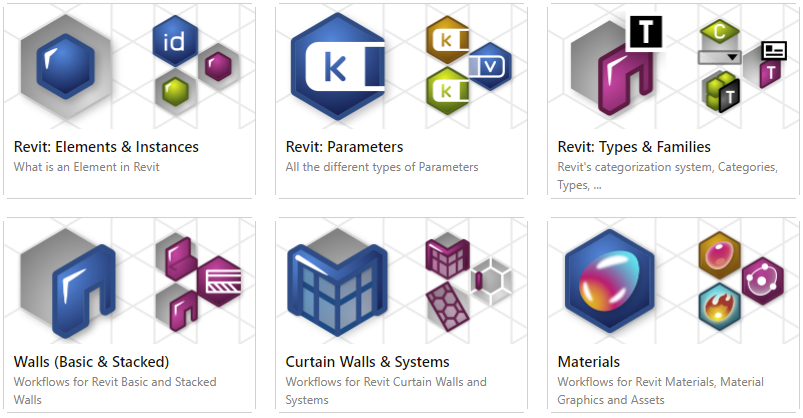
Next, follow the installation instructions here. It is important to use this version as there is a major bug in version 1.1.0. To install Ladybug Tools, download it from the Food4Rhino website. However, this is all now much easier in the latest version of Ladybug.Įnsure you have Rhino 7 and Rhino.Inside Revit v1 installed. This, in turn, complicated the heatmap visualisation and compliance calculations. To overcome this issue, an extra time step (15mins) needed to be added to the analysis period. As such, an analysis period of 9am to 3pm with 15min intervals would return 2:45pm as the last vector. The legacy component, on the other hand, took the liberty of removing the last vector.

After much back-and-forth debating the best method, the ‘LB Sun Path’ component now returns vectors for the entire analysis period, making the solar access workflow far simpler. However, the two can be installed alongside one another without issues if you still have old scripts using the legacy plug-in.Īs well as being more straightforward and faster, Ladybug Tools differs from the Legacy version in many ways.

The two versions are fundamentally different and generally not compatible.

This plug-in superseded the previous version, which has since been renamed to ‘ Ladybug Legacy‘. Back in November 2020, the Ladybug team released ‘Ladybug Tools’. In addition to switching to Rhino.Inside Revit, we’ve also revised the main computational logic by upgrading Ladybug, the go-to solution for environmental analyses. While this method enabled yes/no compliance to be visualised and scheduled in Revit, it couldn’t provide the ‘heatmap’ visualisation within Revit. Revit geometry was extracted, the solar access analysis run in Grasshopper, and the results pushed back into Revit.

The script ran in Grasshopper, which meant that the model needed to be created in Rhino or imported into Rhino.įollowing on from this, we created a detailed solar access analysis to run on individual rooms – much more in line with the actual legislative requirements. Our first version focused on the conceptual massing stage. Seeing these challenges, we turned to Grasshopper and Ladybug as a means to improve efficiency and accuracy. Moreover, the camera views were often aligned by sight and weren’t very accurate. Architects had to jump between various views and guestimate if the areas received the minimum amount of sun. However, the limitation of this method is that it couldn’t tell you how many apartments were compliant. Setting up an axonometric view parallel to the sun vector made it possible to see which parts of the building were receiving sun. When governments started mandating solar access analyses, such as those prescribed by NSW ‘State Environmental Planning Policy 65 – Design Quality of Residential Flat Development’ ( SEPP 65), architects turned to the ‘ views from sun‘ method.


 0 kommentar(er)
0 kommentar(er)
